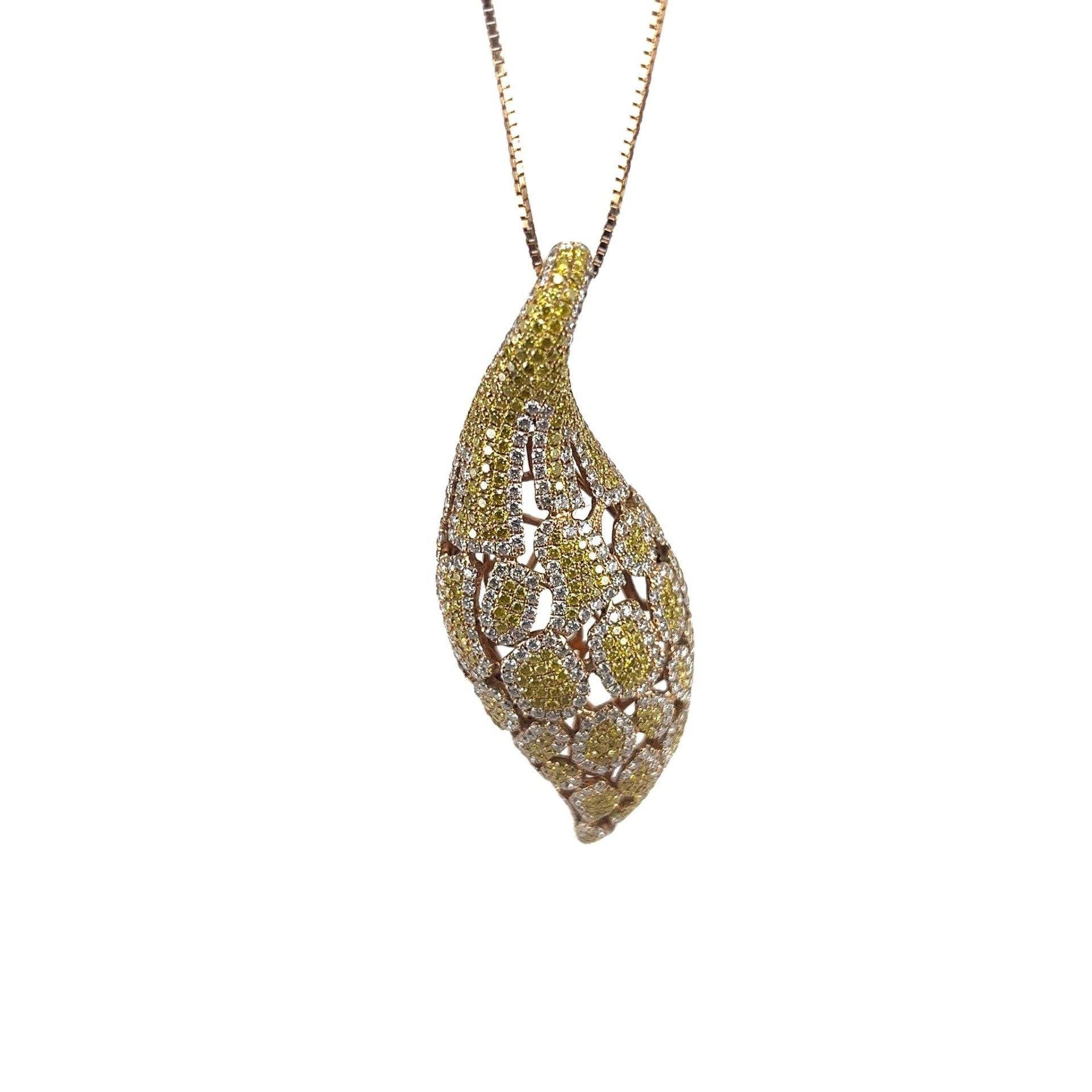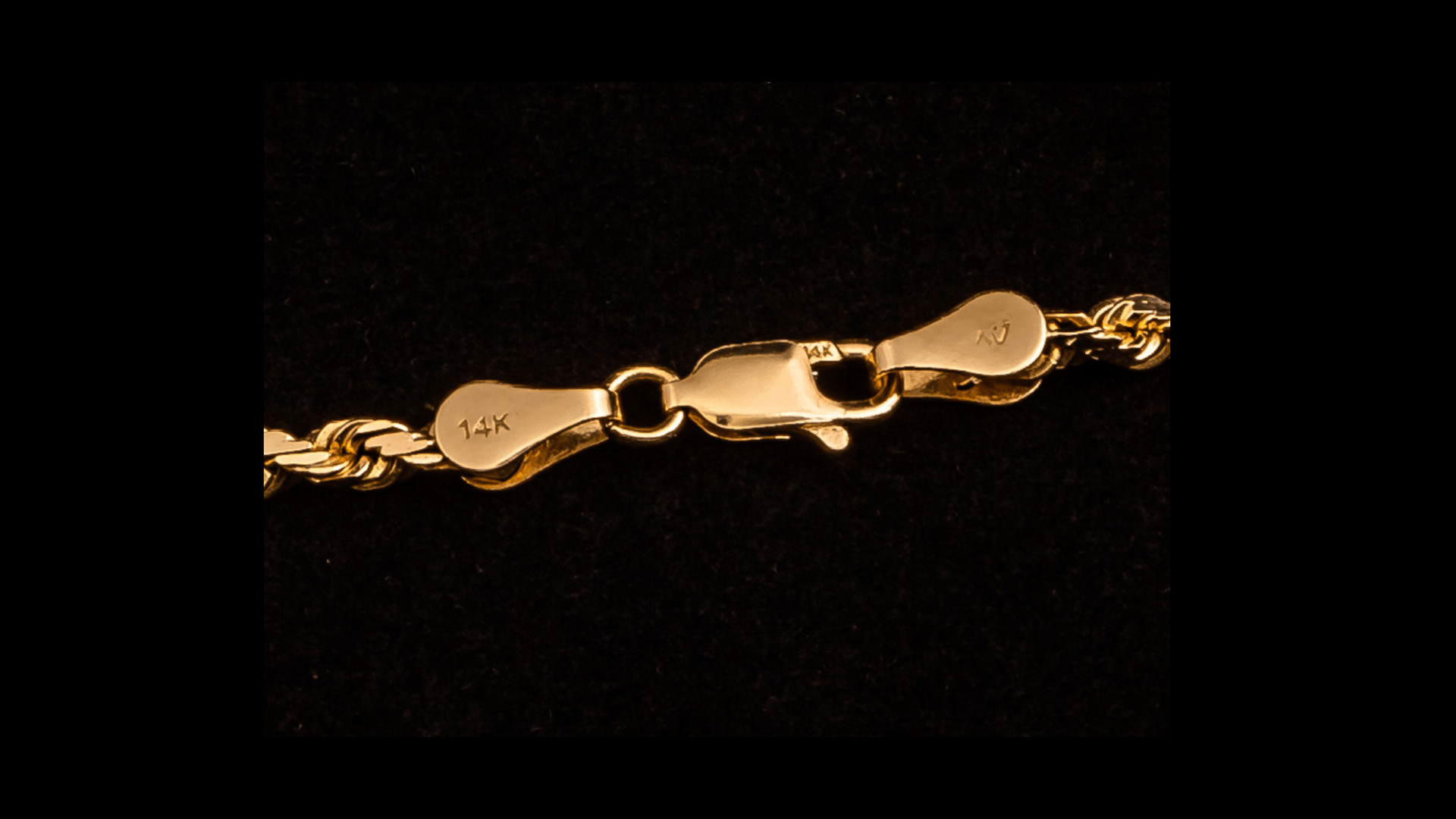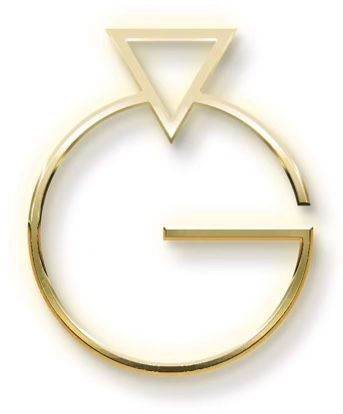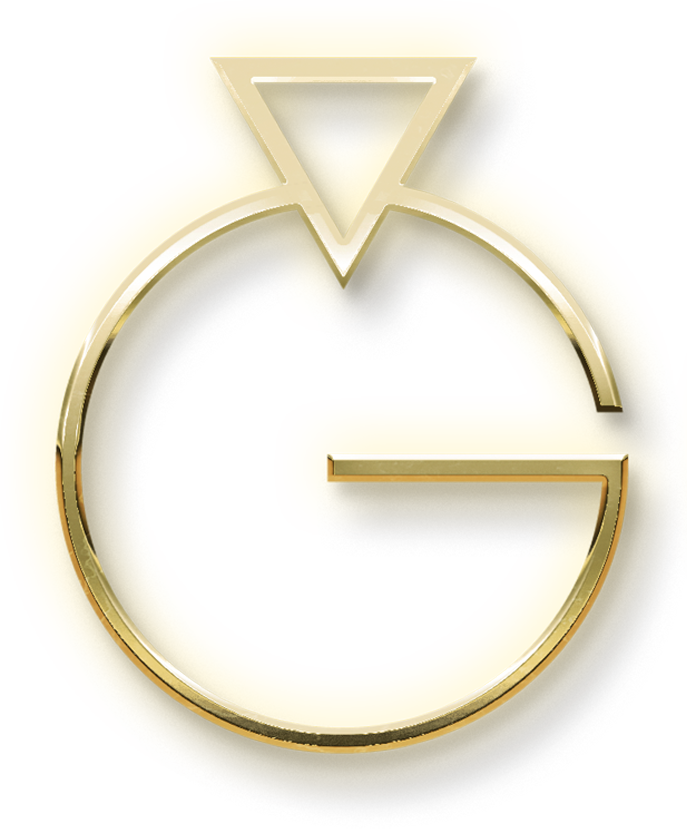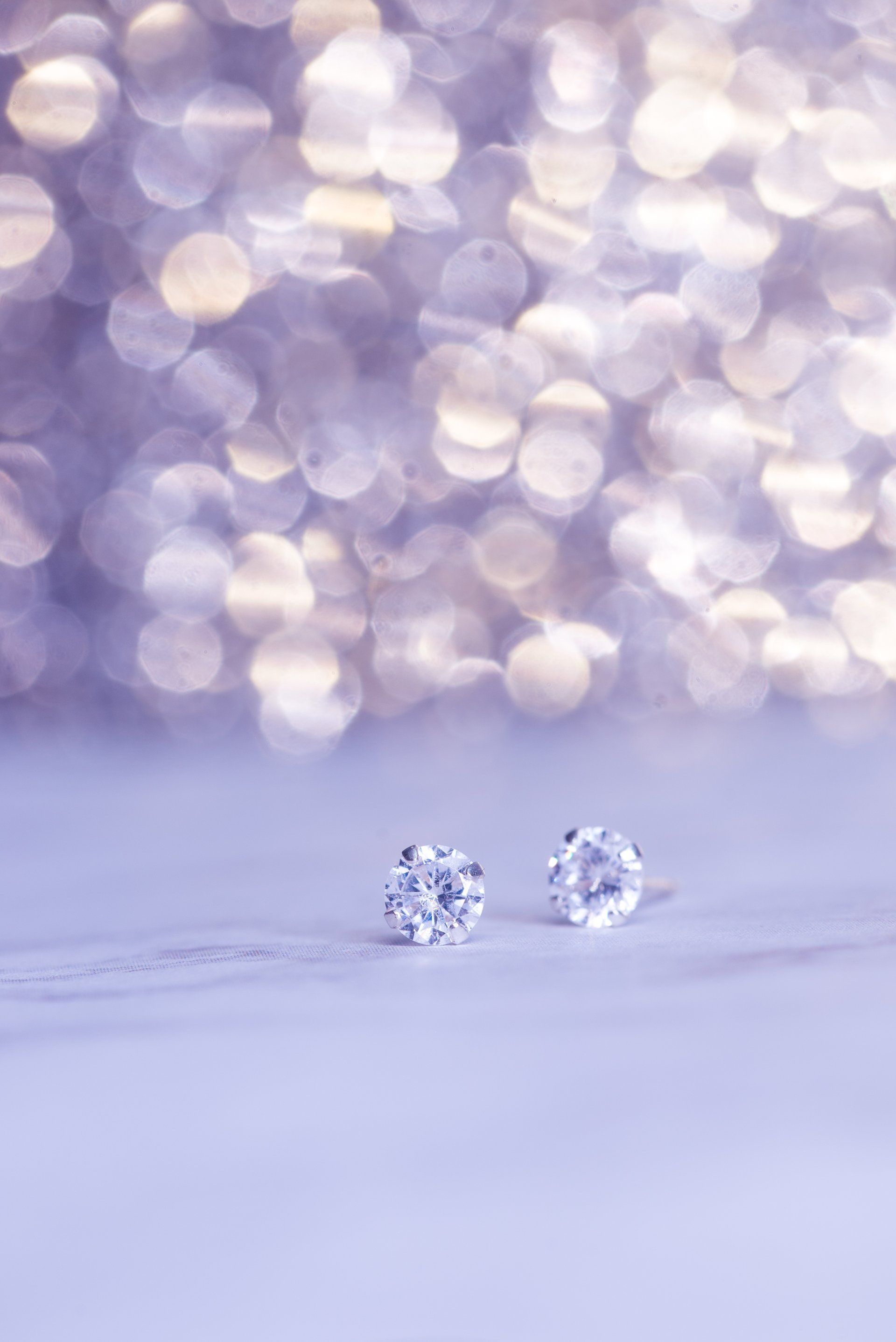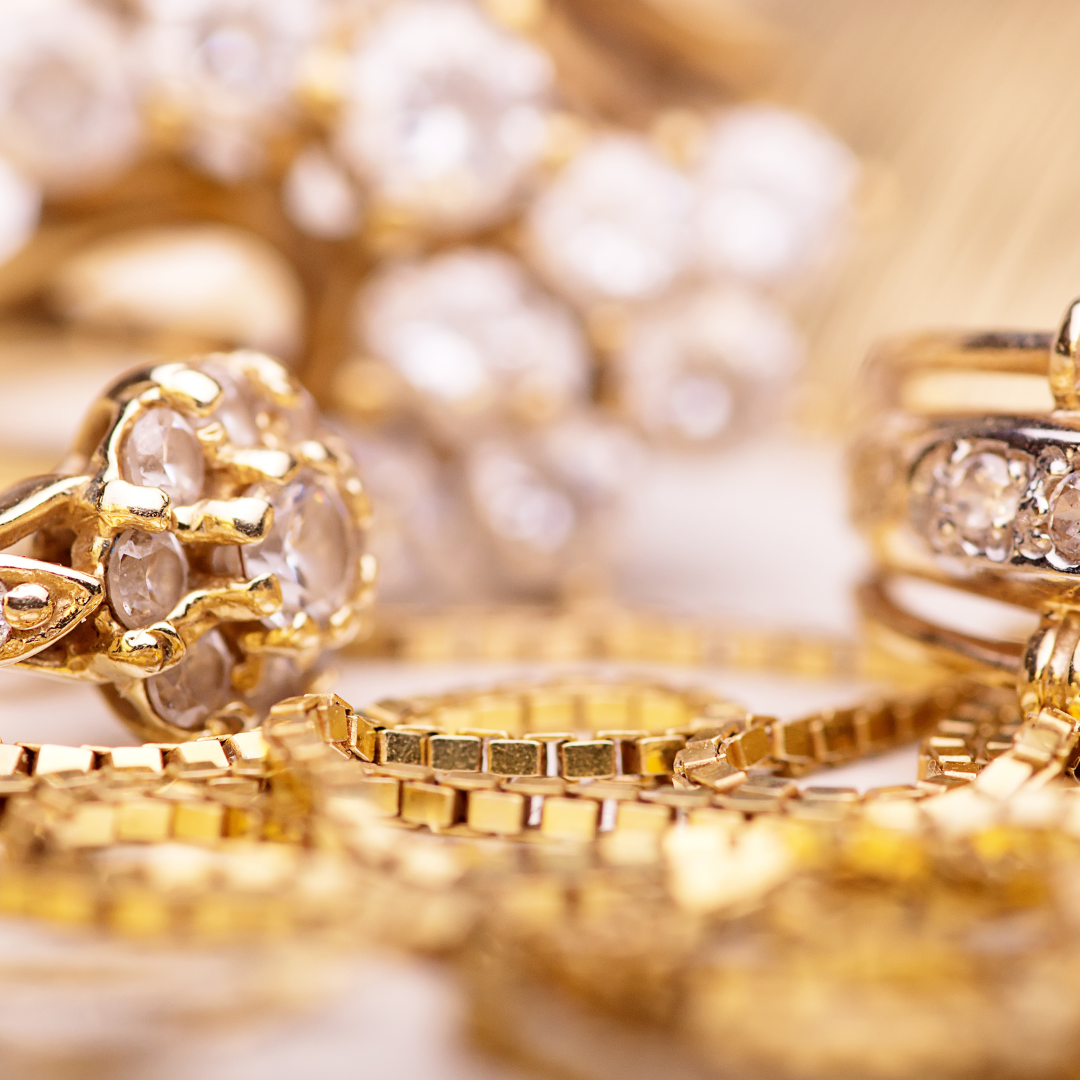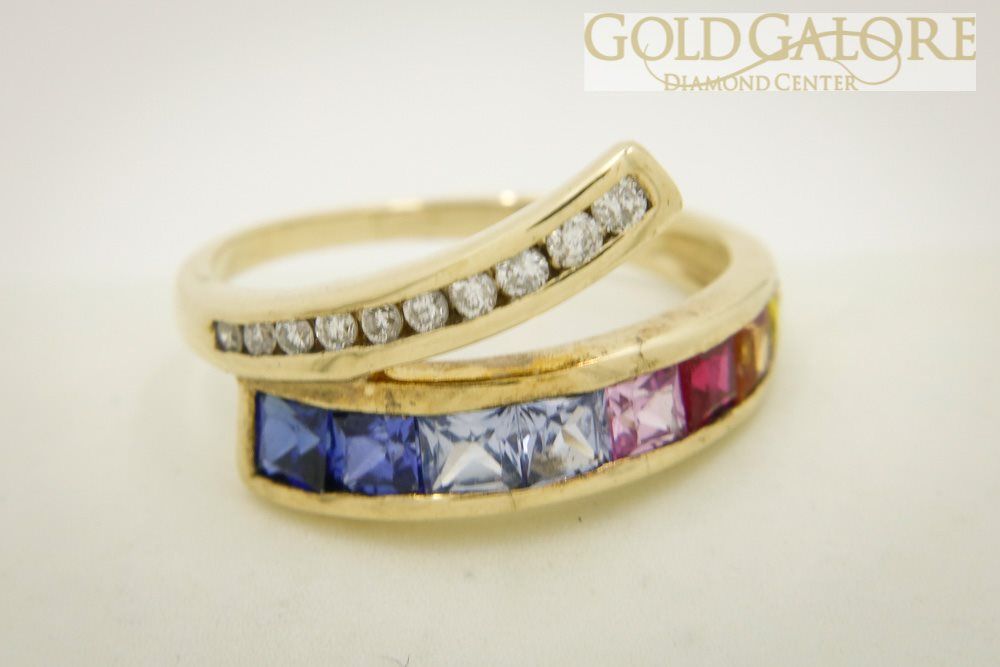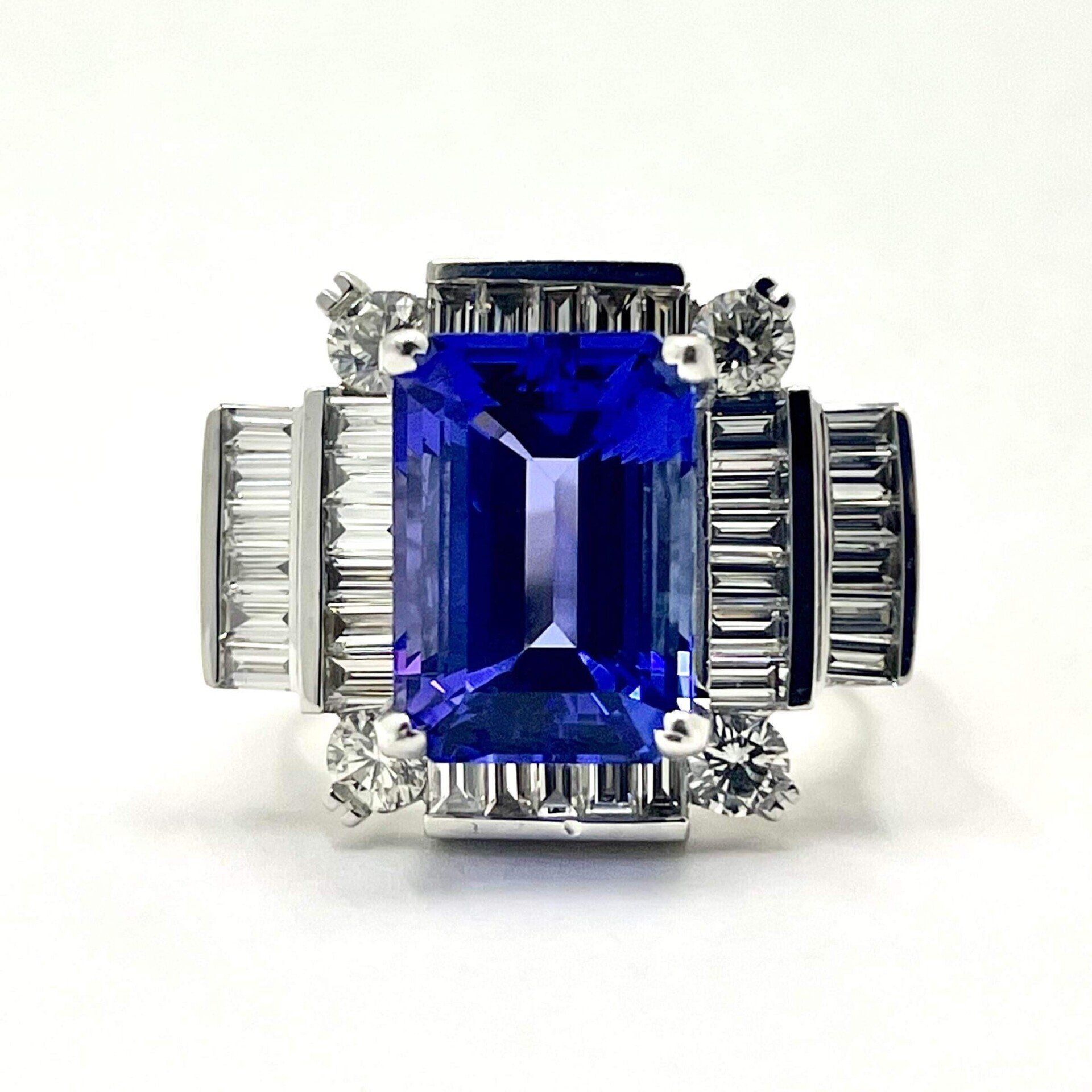How Much is a 9-Carat Diamond Worth?
When it comes to diamonds, before seeing the color, cut, or clarity, it is the carat weight that anyone notices first. Top celebrities’ engagement rings weighed anywhere from JLo’s 6.1 carats (from Ben Affleck) to Mariah Carey’s 35 carats (from billionaire Jack Packer). Hence, something in between – a 9-carat diamond – is among women’s popular search.
How Much is a 9-Carat Diamond Worth?
A 9-carat diamond can be anywhere from $19,000 to well over $1,000,000, depending on the cut, color, and clarity. However, since a D color (colorless) diamond, as well as a diamond of flawless clarity, are exceptionally rare at .001% of mined diamonds, a high-end 9-carat diamond that can be bought is about $200,500.
Diamonds are naturally occurring crystals composed of pure carbon. They are the hardest and the most durable gem to ever exist, hence, the adage, “Diamonds are forever.”
The diamond is one of nature’s most admired creations. The resilience and beauty of the diamond has enchanted people all over the world. This strong and unbreakable gem symbolizes timeless emotions.
Diamond Value
The value of a diamond depends on the 4 Cs: Carat, Color, Clarity, and Cut. These four factors affect pricing.
Diamond Carat
Diamond carat refers to the weight of the diamond. Often, people misunderstand this term as the size of the diamond. Some people also believe that a diamond with a higher carat weight is better than the smaller one.
A bigger gem may signify one’s status, however, it is not always better than the smaller one just because of its size. Diamonds sparkle as a result of a well-crafted cut. In fact, there are instances where a diamond with a higher carat may look smaller than the one with a smaller carat weight and a good, clean cut.
Diamond Price Per Carat
Diamonds with higher carat are cut from bigger, rough crystals which are typically more difficult to source. Therefore, the price per carat depends on the availability or the rarity of the rough crystal.
The diamond price also depends on the color and other internal characteristics that may influence the clarity of the diamond when it is cut.
Where did the term carat originate?
The term carat comes from the ancient method of weighing valuable metals and stones against the seeds of the carob tree. Ancient people believed that these seeds were of the same weight as the diamonds.
When the 4th General Conference of Weights and Measures was held in the year 1907, diamond enthusiasts agreed and reached a consensus that one diamond carat would be equal to 200 milligrams of a diamond. Carats may also be measured in points, and 100 points are equal to one full carat.
This To Remember About Carat
Choose a carat weight that is below the whole and half-carat marks. There is only a very tiny difference between a 2-carat diamond and a 1.9 carat diamond.
Not only does it save you a significant amount of money, but the slight difference will never be noticed.
According to GIA, only a round diamond has a cut grade from poor to excellent cut. This is very important because it maximizes the sparkle of your diamond.
A high carat diamond with exceptional color and clarity can look dull if it is cut poorly. So if some diamond store markets a diamond other than the round brilliant as excellent cut, this is just a marketing ploy.
Diamonds in fancy shapes cost less. Fancy-shaped diamonds are less expensive than round diamonds. Also, fancy shapes may appear bigger than their actual carat weight and size.
Always remember the ring size in mind. Naturally, if the finger is smaller, the diamond will appear bigger when the ring is worn.
Carat is the Biggest Factor in Diamond Pricing
Mass media, movies, and advertising have put a big emphasis on the carat weight of a diamond. That is why people always think that the carat has a direct relationship to quality. In fact, carat weight has become a status symbol of wealth.
However, when it comes to diamonds, bigger does not really mean it is better. A smart buyer focuses on the balance of the 4Cs: cut, clarity, color, and carat.
Diamond Color
Diamonds come in a variety of colors — red, orange, yellow, green, blue, purple, pink, brown, black, steel gray, and white. Colored diamonds contain impurities and structural defects which cause coloration, the pure diamonds are transparent and colorless.
The color of a diamond refers to how clear or how yellow it is. Diamonds of high quality are colorless. On the other hand, lower-quality diamonds have a slight yellow tint.
Diamond color is measured using the GIA (Gemological Institute of America) color scale. It goes from D, which is colorless, all the way to Z, which is light yellow or brown. Between D and Z, there are many diamond color grades, which range from nearly colorless up to slightly yellow.
If you are looking for a diamond to purchase, you should never overlook the color of the diamond. Based on a diamond’s color, the prices can vary hugely. Picking the best color for your specific needs can save you a lot of money.
Diamonds with distinct colors, such as blue, pink, and yellow, cost more. However, if we are talking about a white diamond, a yellow tint is often seen as undesirable. This is because when a slight color or tint is present, less natural color of light is reflected back to the eye.
Colorless diamonds are more radiant, rare, and most valuable. However, diamonds of this color are definitely scarce. They rank higher on the GIA color grading scale, thus, they are more expensive.
Does The Color Matter When Purchasing A Diamond?
Yes, it does, but only to a certain point. The 4Cs are further subdivided into two: cut and carat, then, color and clarity. The cut and the carat can be referred to as the positive traits that the buyer should maximize as much as possible.
On the other hand, color and clarity are the negative traits, which are traits that you don’t notice when you look at a diamond.
When it comes to color, there is a very thin line where you notice whether the diamond is colorless or whether it has a yellowish tint. A smart diamond buyer must make sure that you don’t buy a diamond with a noticeable yellowish tint, no matter how low the tint is.
The line between a yellowish and a clear diamond varies based on the cut of the diamond and the style and setting you are putting the diamond in.
What Are G Color Diamonds?
G color diamonds are the highest grade in the near-colorless range, which includes H, I, and J colors. A G color diamond may display a very faint yellow tint. However, if it will only be viewed with a naked eye, it almost looks identical to the colorless diamond.
G color diamonds offer outstanding looks with a significantly lower price tag than diamonds in the “colorless” range. This is a wise choice for diamond enthusiasts who are on a budget.
Diamond Clarity Grade
To better understand the clarity grade of a diamond, we must first understand how diamonds are formed. Diamonds are formed as the result of carbon being exposed to high heat and pressure deep within the earth. This process results in a variety of inclusions and blemishes to the crystal.
Evaluating the clarity grade of a diamond involves determining the size, number, nature, relief, and the position of these characteristics. How these characteristics affect the overall appearance of the diamond should be identified, too.
If you are trying to determine the best clarity for a diamond, you should keep in mind that there is no such thing as a perfectly pure diamond. However, the closer it comes to purity, the higher its clarity grade.
The Gemological Institute of America’s Diamond Clarity Scale has 6 categories, some of them are further subdivided, which sums up to a total of 11 specified clarity grades.
Clarity Grades
- Flawless (Clarity FL)
- The clarity FL grade shows no inclusions and no blemishes visible under 10x magnification. No blemishes are visible to the naked eye.
- Internally Flawless (IF)
- This grade shows no inclusions visible under 10x magnification.
- Very, Very Slightly Included (VVs1 and VVS2)
- These clarity grades show inclusions so slight they are difficult for a skilled grader to see under 10x magnification.
- Very Slightly Included (VS1 and VS2)
- These clarity grades show inclusions that are observed with effort under 10x magnification but can be characterized as minor.
- Slightly Included (SI1 and SI2)
- Diamonds of this grade show inclusion which are noticeable under 10x magnification.
- Included (I1 , I2 , and I3)
- These show inclusions which are obvious under 10x magnification which may affect transparency and brilliance.
Diamond Cuts
The Last C of the 4Cs is the diamond CUT. Diamond cut and diamond shape are often used interchangeably. However, these two have a significant difference.
When we say diamond shape, it refers to the outline, like a pear, a round, or a heart. On the other hand, diamond cuts refer to the arrangement of the facets of the diamonds, as in cushion, or emerald diamond cuts.
Science plays a part in the process of determining the cut of diamonds, whereas, personal tastes and styles determine the diamond shapes.
Cut can dramatically change the diamond value of your 1-carat diamond. If you prefer the most expensive cut, it will cost you around $4,500 to $6000. The less popular cuts can save you a lot of money, making your total bill up to $4500 maximum.
Including the cut in the price calculation of a 1-carat diamond ring is important, because it helps the diamond dealers understand how the brilliance of your diamond affects the cost that you pay for ownership.
The Diamond Cuts
Looking for the perfect diamond jewelry? Here are the most popular diamond cuts that you see many Hollywood stars wearing. Choose the diamond that has the best cut quality, but remember to always stick with the budget.
Round Brilliant Cut
Diamonds of this cut certainly delivers its promise of beauty and brilliance. The round brilliant cut consists of 58 facets. This classic cut maximizes the light return better than other diamond cuts. It creates a dazzling and sparkling display, which will surely make the ladies’ heart skip a beat.
Oval Cut
The Oval diamond cut was created by Lazare Kaplan in 1957. It has 57 or 58 facets with a large surface area, which brings out its brilliance. The oval diamond cut is proportioned and graceful, which makes it a popular choice for engagement rings.
Princess Cut
The princess cut is a combination of the brilliance of the round diamond and the modern contemporary shape of the emerald cut or square cut, which makes it one of the fanciest shapes of all, fit for a Princess.
The cut quality of the princess cut offers flexibility to work with nearly any ring style.
Emerald-Cut
The emerald cut exudes elegance and beauty. It has a rectangular shape with cut corners that resemble stair steps, also known as a step cut.
Cushion-Cut
The cushion cut is a vintage-styled diamond cut that recently gained popularity. It is a combination of the cut characteristics of both the round and the oval cut and the round cut. The cushion diamond cut has rounded corners and larger facets that increase the brilliance of the diamond.
Radiant Cut
The radiant diamond cut has 70 facets that makes it the ultimate in brilliance. The silhouette of the radiant diamond cut resembles the elegance of the emerald cut. The facet pattern of this diamond cut is arranged to create a more radiant return of light, befitting its name.
Asscher Cut
This diamond cut is named after Joseph Asscher, the man who developed it in 1902. The facet arrangement is similar to the emerald cut. However, the Asscher cut is more of a square than a rectangle. The Asscher has 74 facets.
Marquise-Cut Diamond
The Marquise diamond cut is inspired by the smile of Marquise de Pompadour. Its elongated shape and 58 facets makes the Marquise diamond cut a timeless diamond jewelry.
Diamond Pricing
Buying a diamond is a delicate act of balancing beauty and budget. Like what we mentioned, the diamond’s value depends on the balance of the 4Cs: Carat, Color, Clarity, and Cut.
One Carat Diamond Price
The price of a 1-carat diamond is between $1,300 and $16,500. This depends on factors such as the cut quality, clarity, color, and shape.
Below the one carat mark, pricing per carat is lower. A high-quality 0.50 carat costs about $2,500 per carat. This means that the price of the diamond itself is approximately $1,250.
On the other hand, a 0.25 carat diamond with the same color and clarity grades as above costs around $1,600 per carat, making the price of the diamond approximately $425.
Diamond Price Calculator
For you to know the rough price per carat, use our diamond price calculator. This will guide you and will give you an idea of how much you will be spending to purchase any diamond jewelry.
You can choose the carat weight, color, clarity, and cut that you prefer and you can instantly see an estimate of the diamond price.
Keep these in mind before you purchase a Diamond
- There are certain things that can make a diamond look bigger. To achieve this effect, you may opt to ask your ring maker to use the halo setting. The halo setting has a ring of small diamonds around the center stone.
This ratio of the small to the big diamonds gives the illusion that the center diamond is bigger, making it look more elegant. You still have the elegant look of a big diamond, for a much lower diamond price.
- The band size also affects the look of the diamond carat. Choosing a thinner band gives a perspective that makes the center stone look bigger. To achieve this perspective, ask your ring maker to do the paving, which features small diamonds embedded in the band.
- You should also remember the total carat weight or the overall combined measurement of all the diamonds in any given diamond jewelry. Inquire about the weights of each individual diamond in any jewelry that you are buying.
Keep in mind that the diamond price is not solely based on the carat weight, there are also different factors that a buyer should remember.
3 Factors to Consider in Purchasing a Diamond
1.Certification
This is the most important factor. Checking a diamond’s certification will give you peace of mind that you are getting what the diamond dealers claim. There are two types of certification: GIA certified and AGS certified. They are the gold standards in the diamond industry.
2. Quality
Before purchasing a diamond, you must first understand the qualities listed on the certificate.
3. Price
Diamonds are all priced per carat. Diamond price per carat increases as the buyer jumps into higher weight categories. In short, the higher diamond’s carat weight, the higher the total amount that you need to pay per carat.
FAQs
How much would a 10-carat diamond cost?
The average wholesale price for a GIA Certified 10 carat diamond ranges between $167,200 and $ 2,245,100.
How much is the price of a 2-carat diamond ring?
The price of a 2-carat diamond can vary depending on its shape, cut quality, clarity, color, and a range of other factors. On average, you can expect to pay anywhere from $5,000 to $60,000 or more for a 2-carat diamond.
Get Your Diamonds at Gold Galore Jewelers
Here at Gold Galore Jewelers, we take pride in providing our customers with the perfect diamond. Whatever the diamond size, or shape, we have it! If you are looking for a round princess cut or an oval emerald cut, get in touch with us!
Gold Galore offers fair pricing for you! You get a better deal than any jewelry store in Florida. We make sure that you get the value of your money.
We also offer free appraisals for those who want to sell their most prized jewelry. Whether you are buying or selling, GoldGalore will give you fair value. Contact us today!
The post How Much is a 9-Carat Diamond Worth? appeared first on Gold Galore Jewelers | Expert Jewelers.
